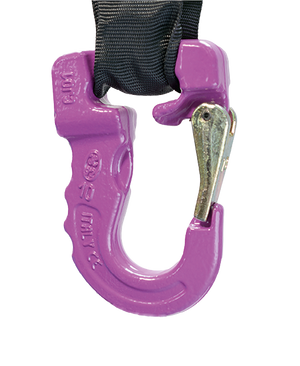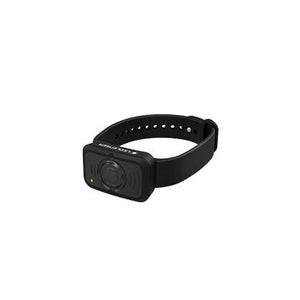Safety Harnesses
We carry multiple sizes of body harnesses even XXL safety harness options for activities like fall arrest, fall restraint, working positioning, rescue, etc. Shop our professional and affordable PPE now.
When do you need to wear a safety harness?
OSHA states that fall protection has to be provided at elevations of 4'/1.22 m in general industry workplaces and 6'/1.83 m in the construction industry. With different numbers of harness attachment points, our range covers many uses including recreational, entertainment* and industrial.
• Fall Arrest Harness: In a personal fall arrest system, this body device is used to arrest a user in a fall from a walking-working surface, in conjunction with an anchorage and a connector e.g a double lanyard with shock absorber, before hitting the ground. A fall arrest harness secures a user in a manner to distribute the fall arrest forces over at least the thighs, pelvis, waist, chest, and shoulders. The dorsal D-ring on a harness is the primary fall arrest attachment point.
• Work Positioning Harness: In a work-positioning system, a positioning lanyard connects the side D-rings of a harness to an anchor to secure a user in place while performing delicate tasks with two hands.
• Fall Restraint Harness: In a fall restraint system, workers are restrained from reaching a fall hazard. A harness is connected with a fall restraint lanyard, preventing the worker from reaching the leading edge. A dorsal or sternal D-ring can be used for lanyard attachment.
How long does a safety harness last?
5 years according to ANSI/ASSE A10.32 before 2012. Although this information was removed after revision, the industry still follows it as a general rule. The life span highly depends on production, maintenance and care. A good rule of thumb is to conduct a safety harness inspection properly and regularly. Check out our complete guide for more information.
How to use your safety harness and lanyard?
- Wear your body device by slipping it on your shoulders and fastening strap buckles to make sure there is no slack.
- Connect a proper safety lanyard to your harness [e.g. If it is for a fall arrest purpose, a full-body safety harness + double lanyard with a shock absorber is the right choice].
- Make sure the safety lanyard is secured to the right harness' attachment points (or called D-ring) and certified anchor before starting your work-at-height task.








